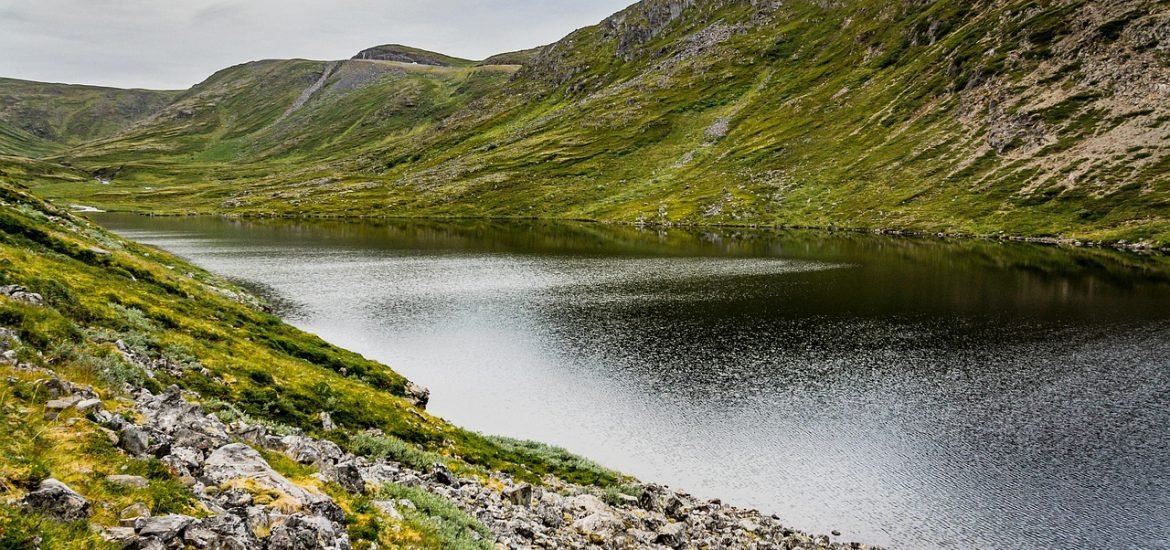
Research by a team from Utrecht University, Netherlands, found significant changes in the global freshwater oxygen cycle, according to a study published in Science Advances.
Rivers, streams, lakes, and reservoirs are vital engines for life on Earth. In these inland waters, oxygen is key in nutrient cycles such as carbon and nitrogen. However, this study showed that we’ve been suffocating these areas during the last century. This has led to dying fish, disrupted food chains, and low water quality. The main issue is that this study shows it’s not just a local but a worldwide problem.
The team developed a global computer model to include the oxygen cycle in inland waters around the world. “With this model, we offer the most complete possible understanding of this cycle on a large scale so that one can see oxygen-related problems coming, get to know the causes, and hopefully intervene in time,” explained Jack Middelburg.
Results show that the global “oxygen turnover”— the difference between oxygen produced and consumed—has increased. These waters seem to consume more oxygen than they produce, making them a sink for atmospheric oxygen.
“More farming, more wastewater, more dams, and a warmer climate—they all change how our freshwater ecosystems function,’ said Junjie Wang. “We found that the main causes lay in these direct human activities. First, it turns out that nutrient input through, for example, over-fertilization, is a major driver of this acceleration. Secondly, the longer travel time of freshwater to the sea through the construction of dams and reservoirs has proven to be just as important”, added Middelburg.
At the same time, rising temperatures due to climate change make oxygen less soluble in water and speed up processes that burn through it even faster. “Until now, the consensus in the scientific literature has always been that the rise in temperature is primarily causing this acceleration. But our model shows that warming only contributes about 10-20% to this phenomenon,” said Wang.
Results show that the modern oxygen cycle in inland waters has changed significantly since the early 1900s. “Even though these waters cover just a tiny fraction of Earth’s surface, they now remove nearly 1 billion tonnes of oxygen from the atmosphere each year—overall half of what the entire ocean emits back,” said Middelburg. “We can’t ignore inland waters in global climate and oxygen budgets anymore,” concluded Wang. ‘They’re changing faster than we thought, and they’re crucial pieces of the Earth system puzzle.”
Junjie Wang et al., Global inland-water oxygen cycle has changed in the Anthropocene.Sci. Adv.11,eadr1695(2025).DOI:10.1126/sciadv.adr1695